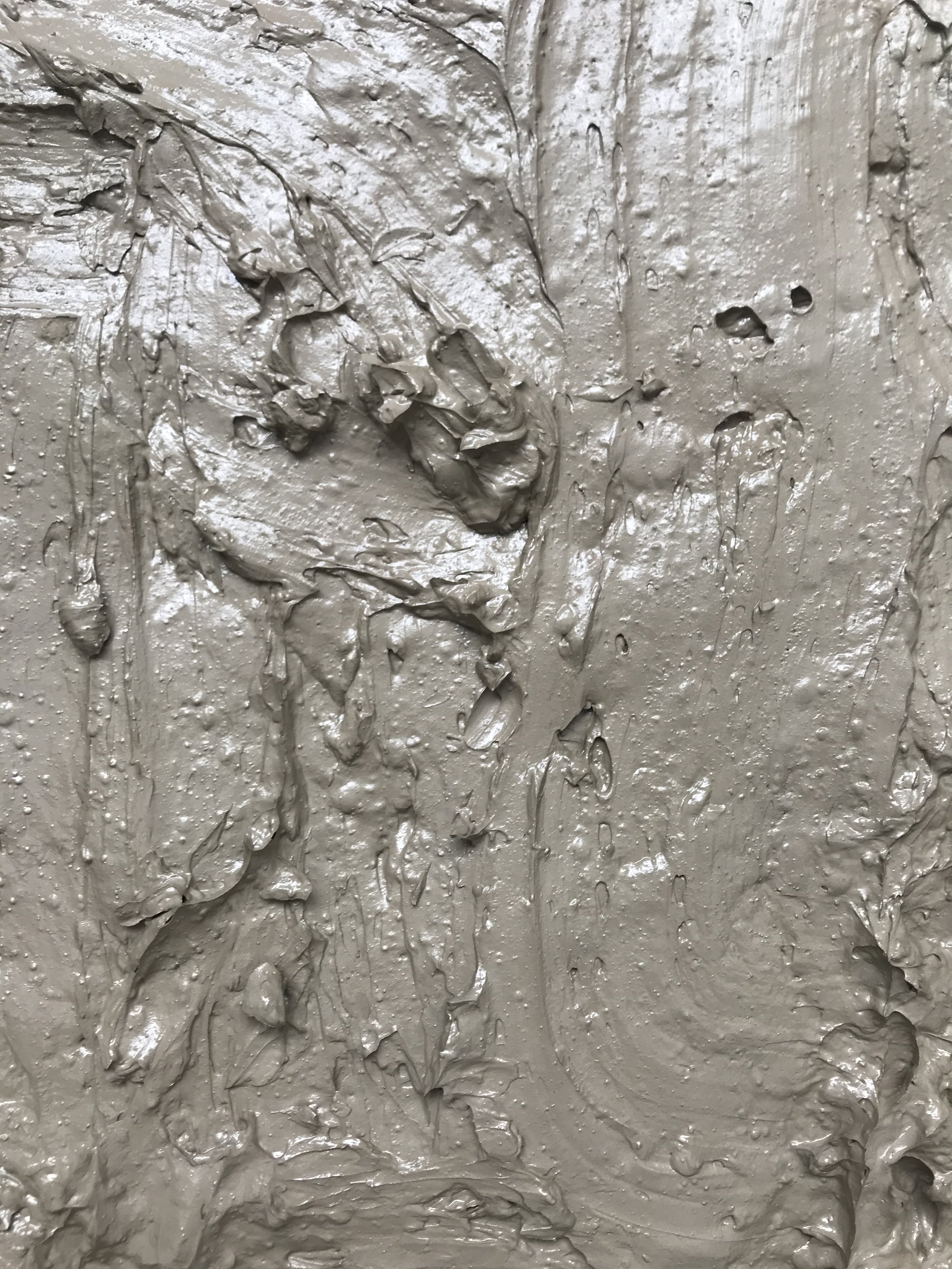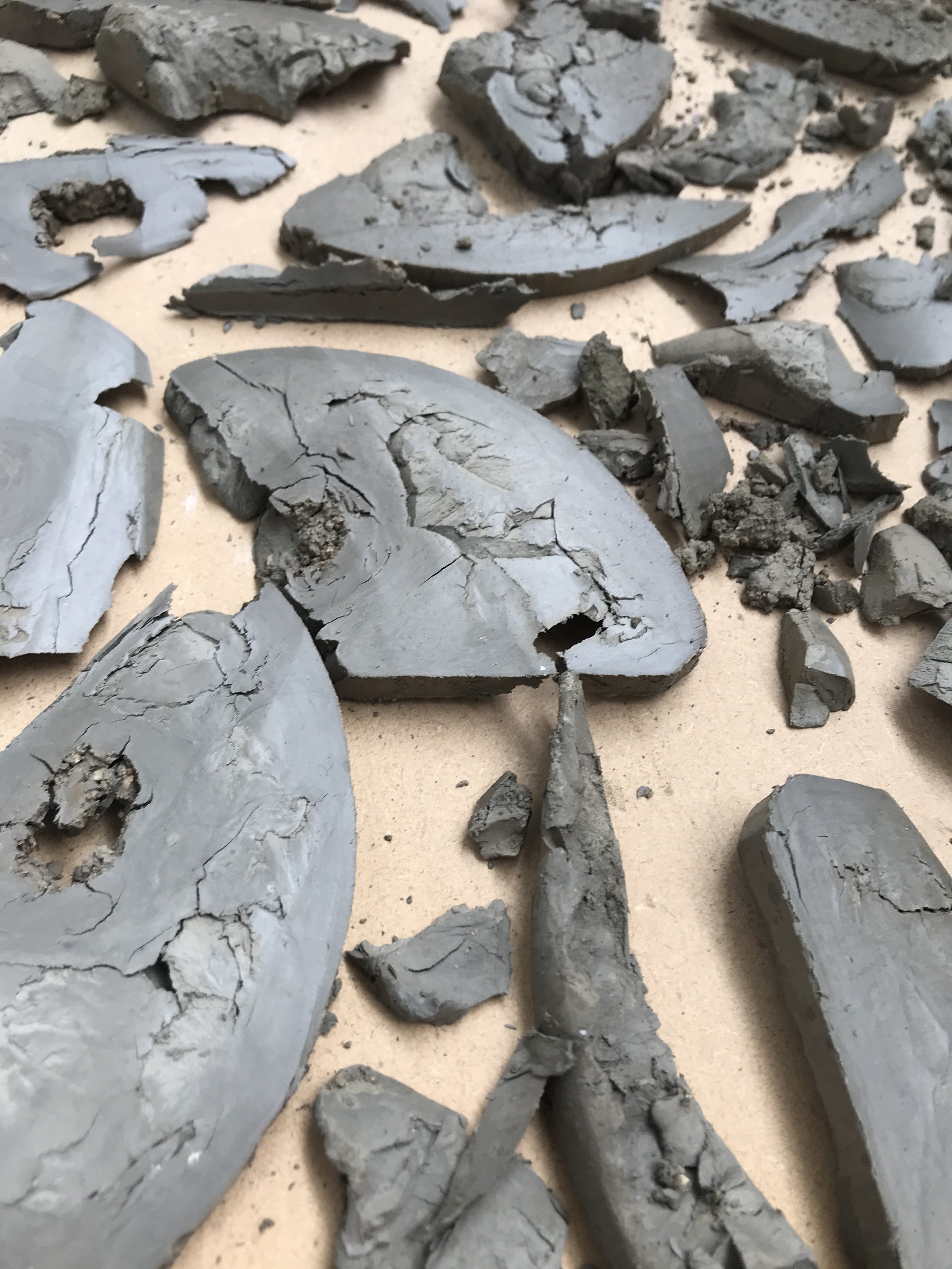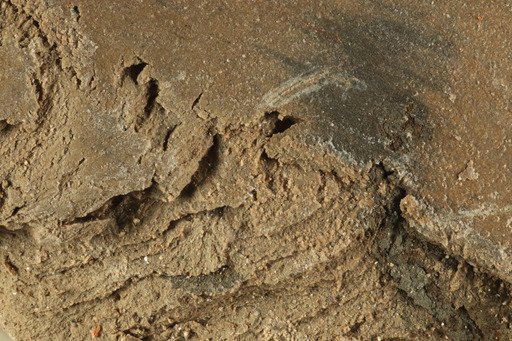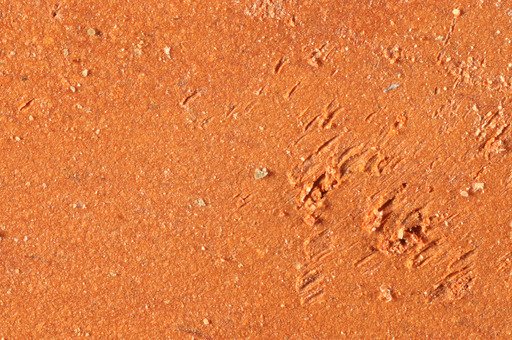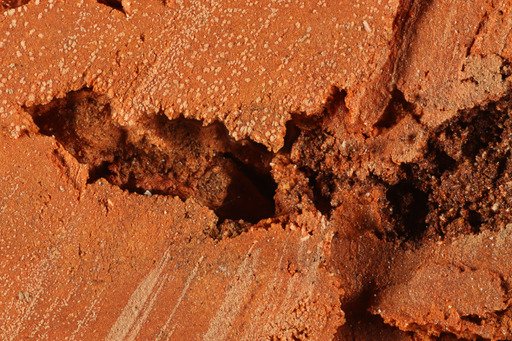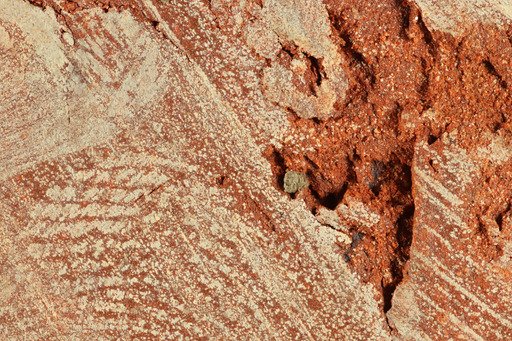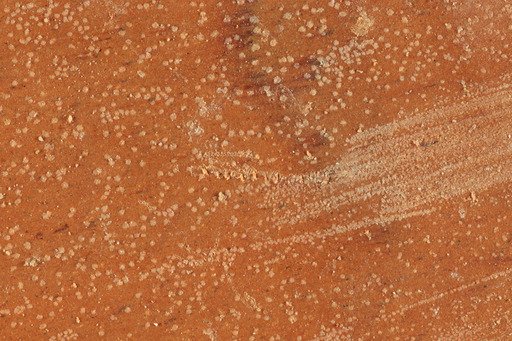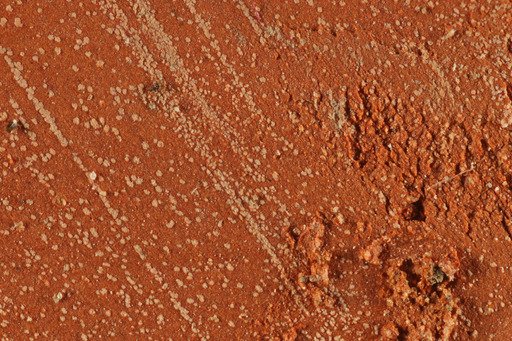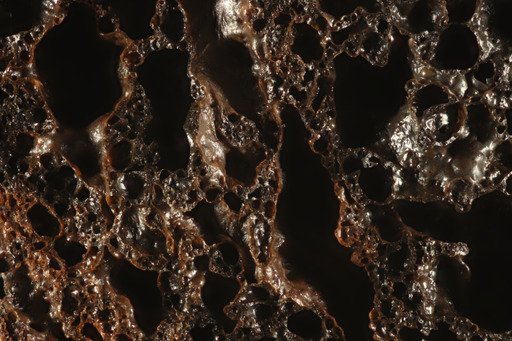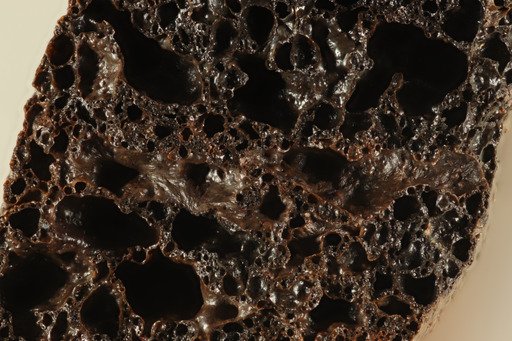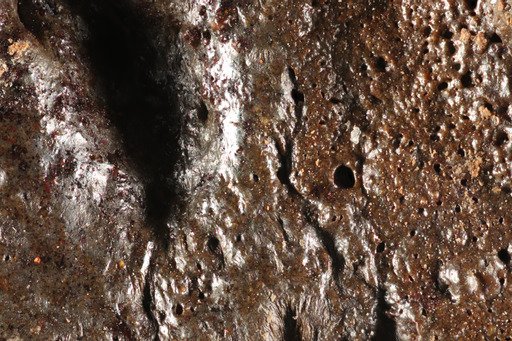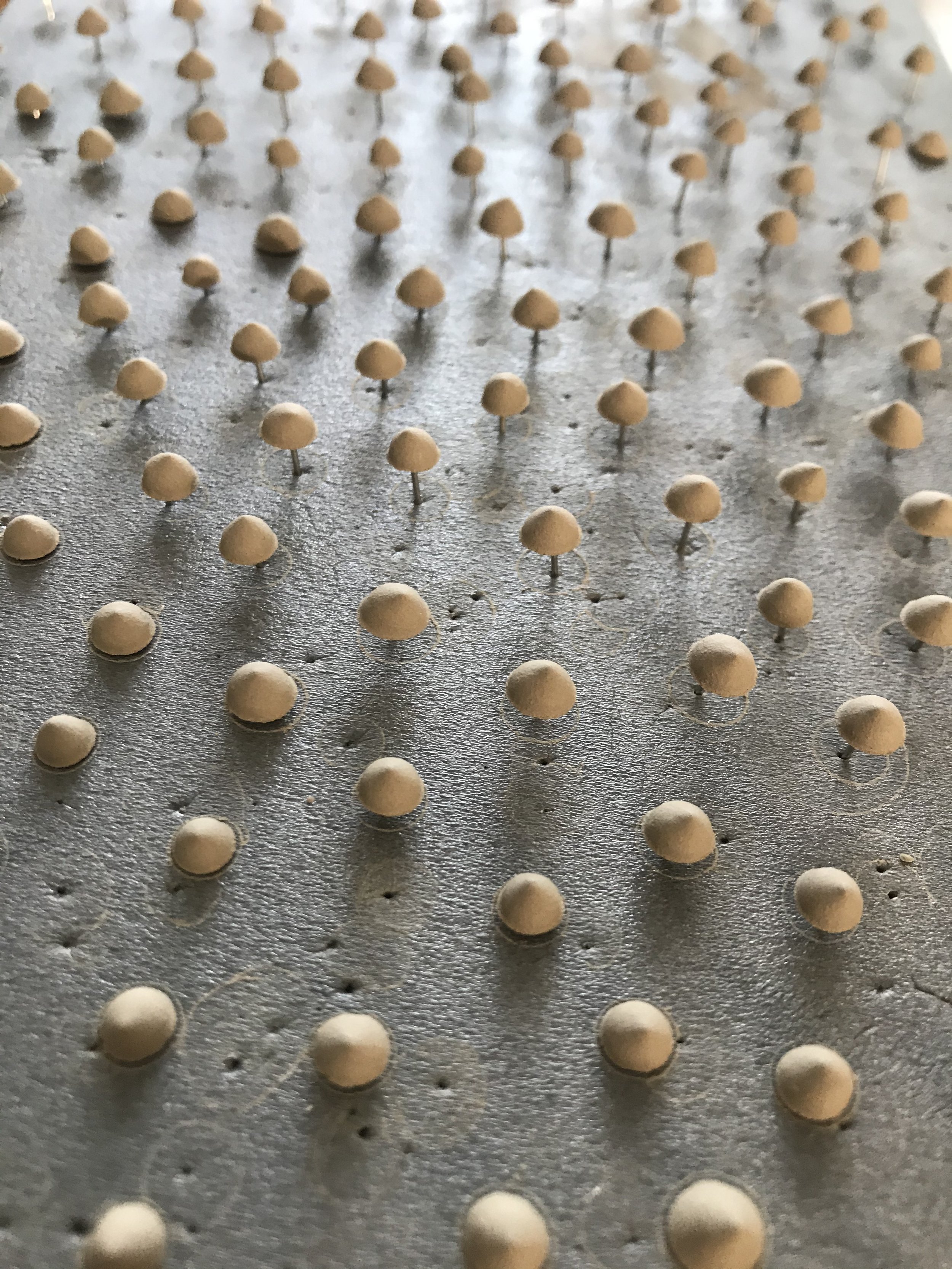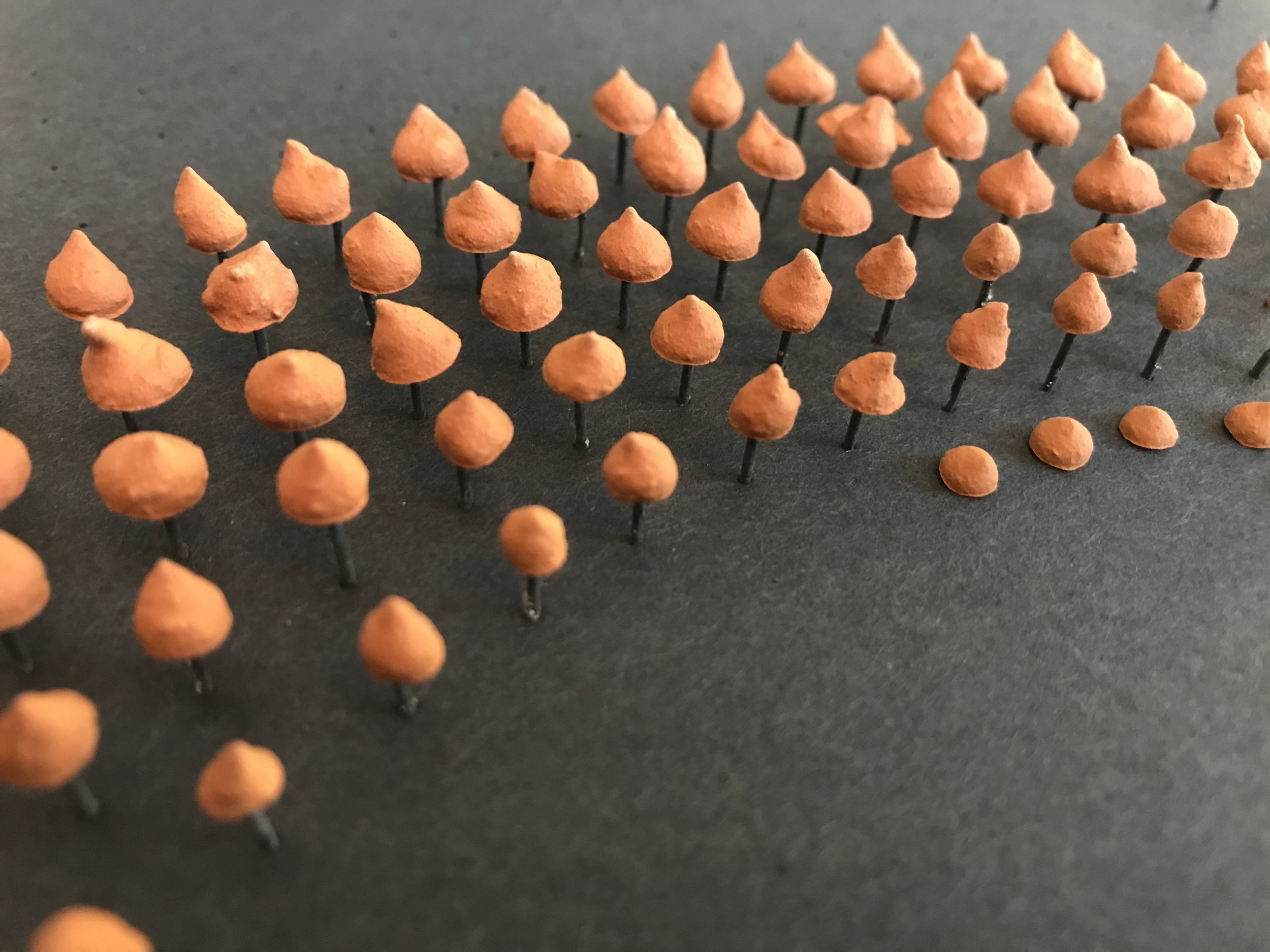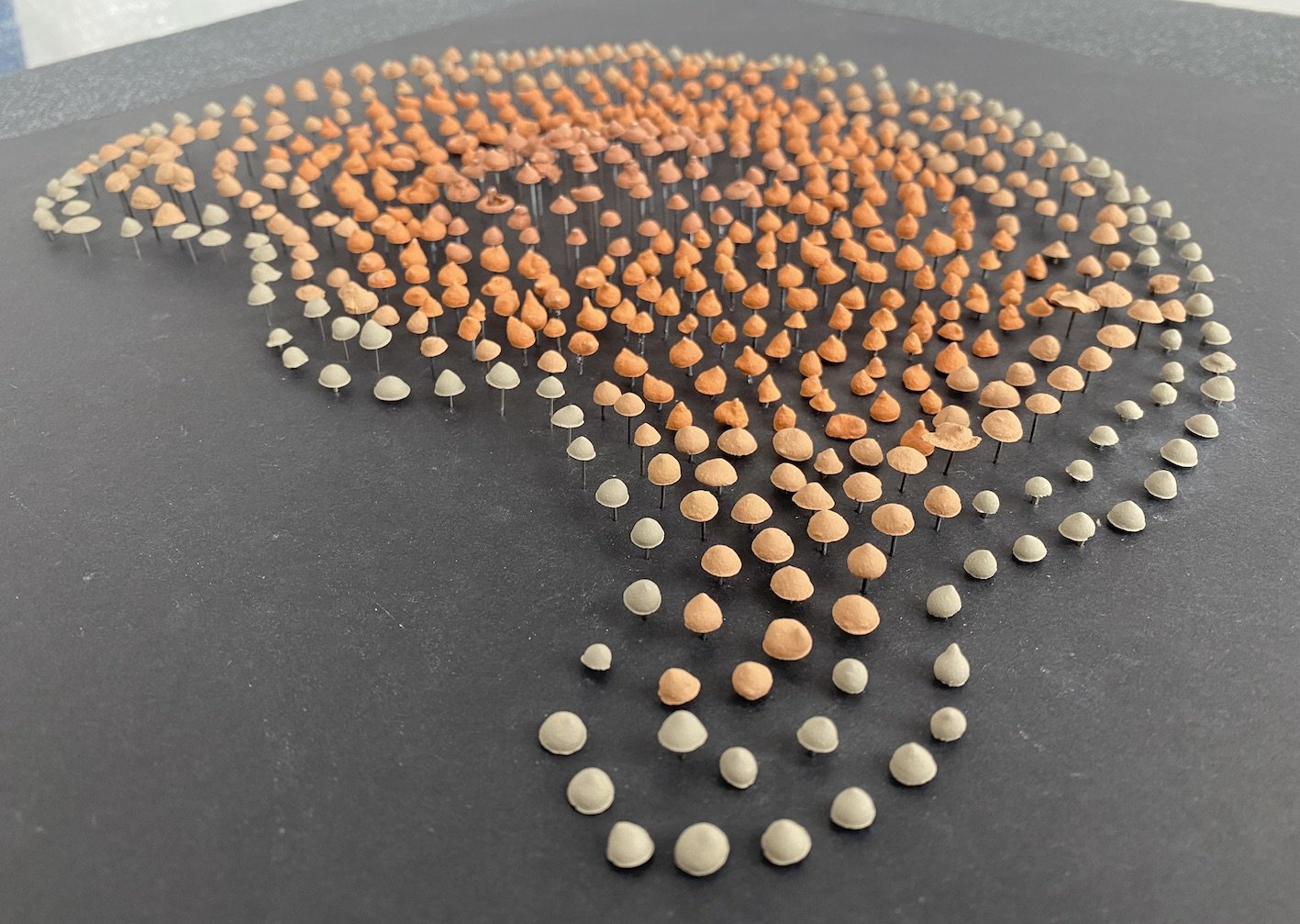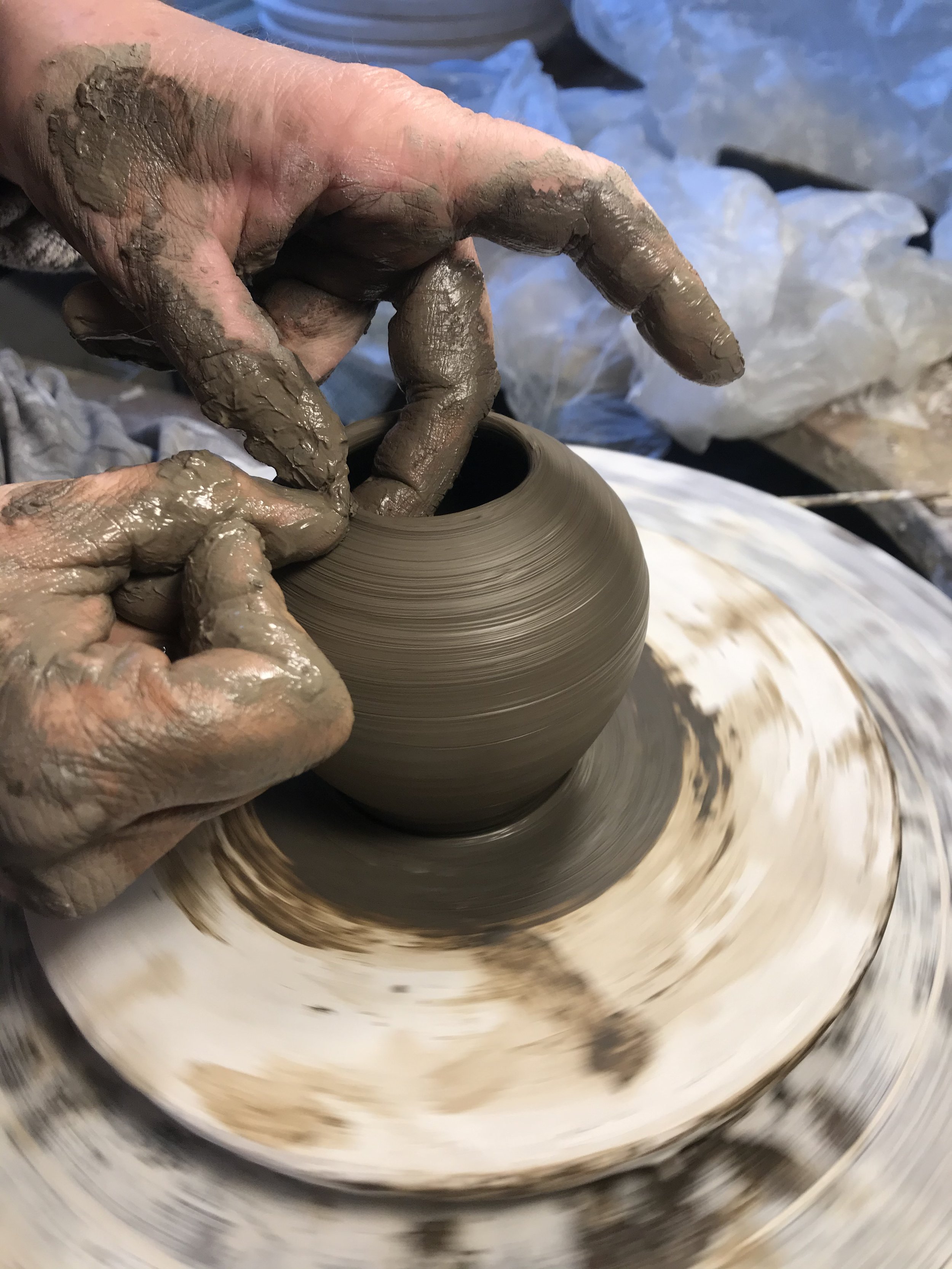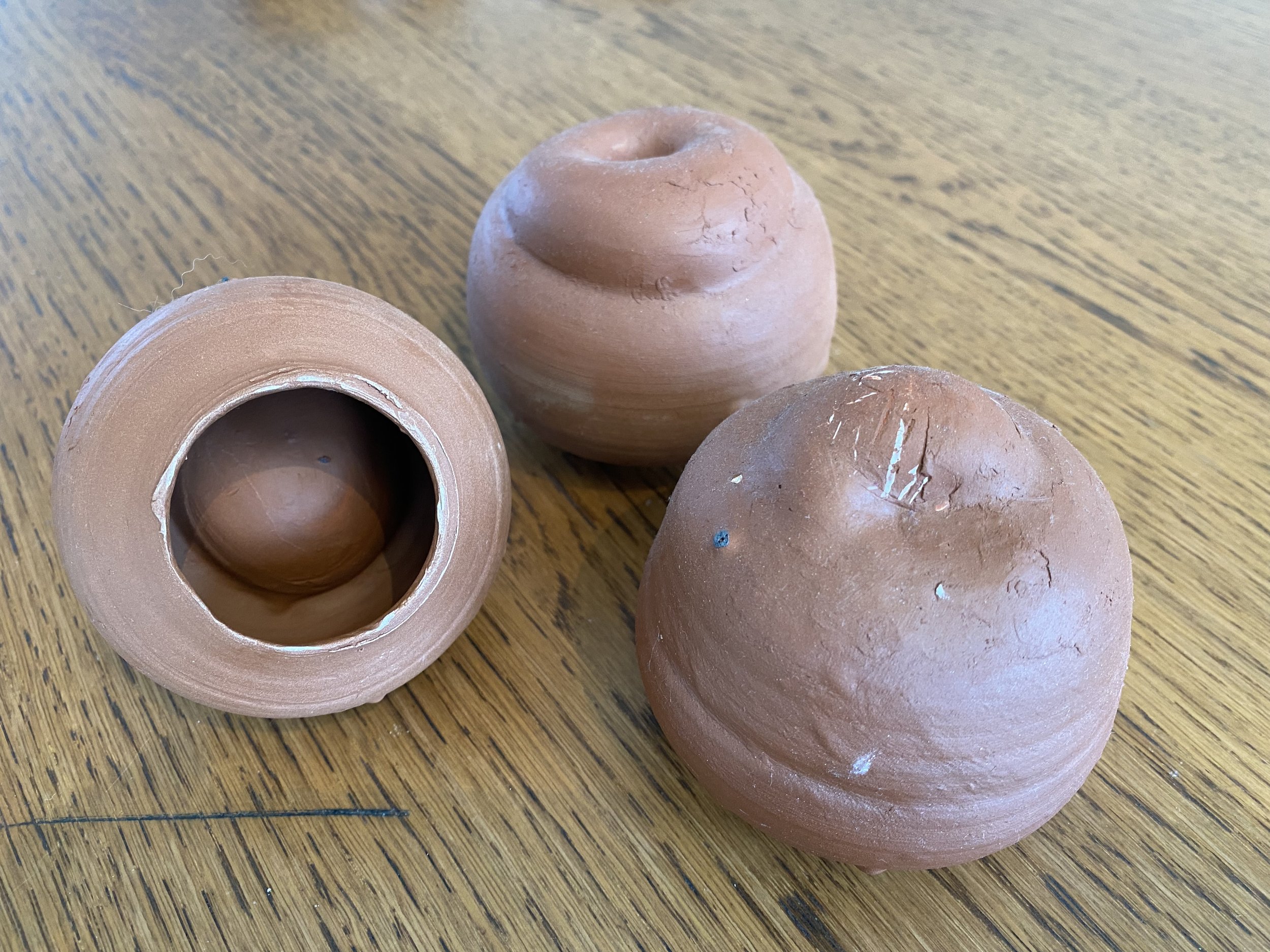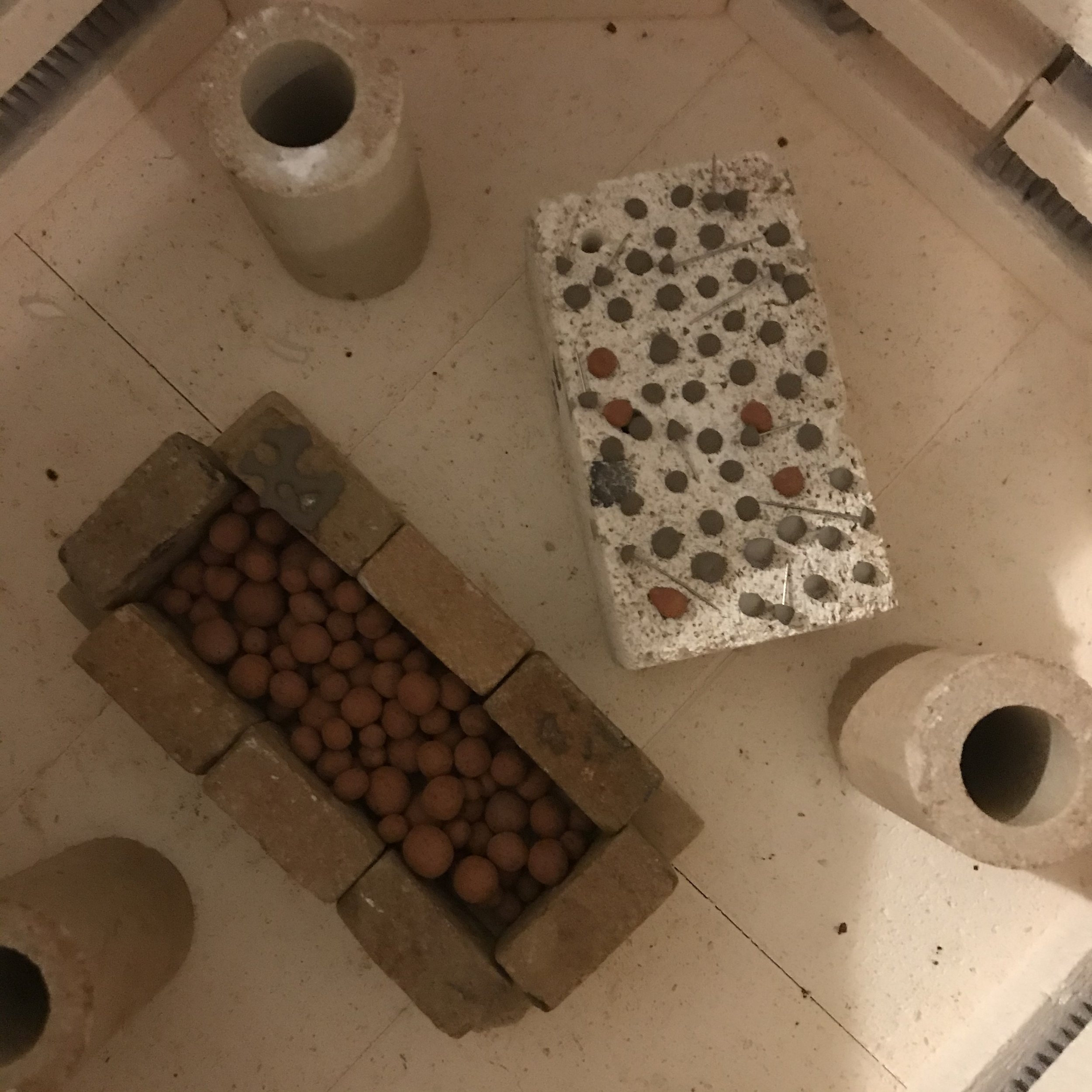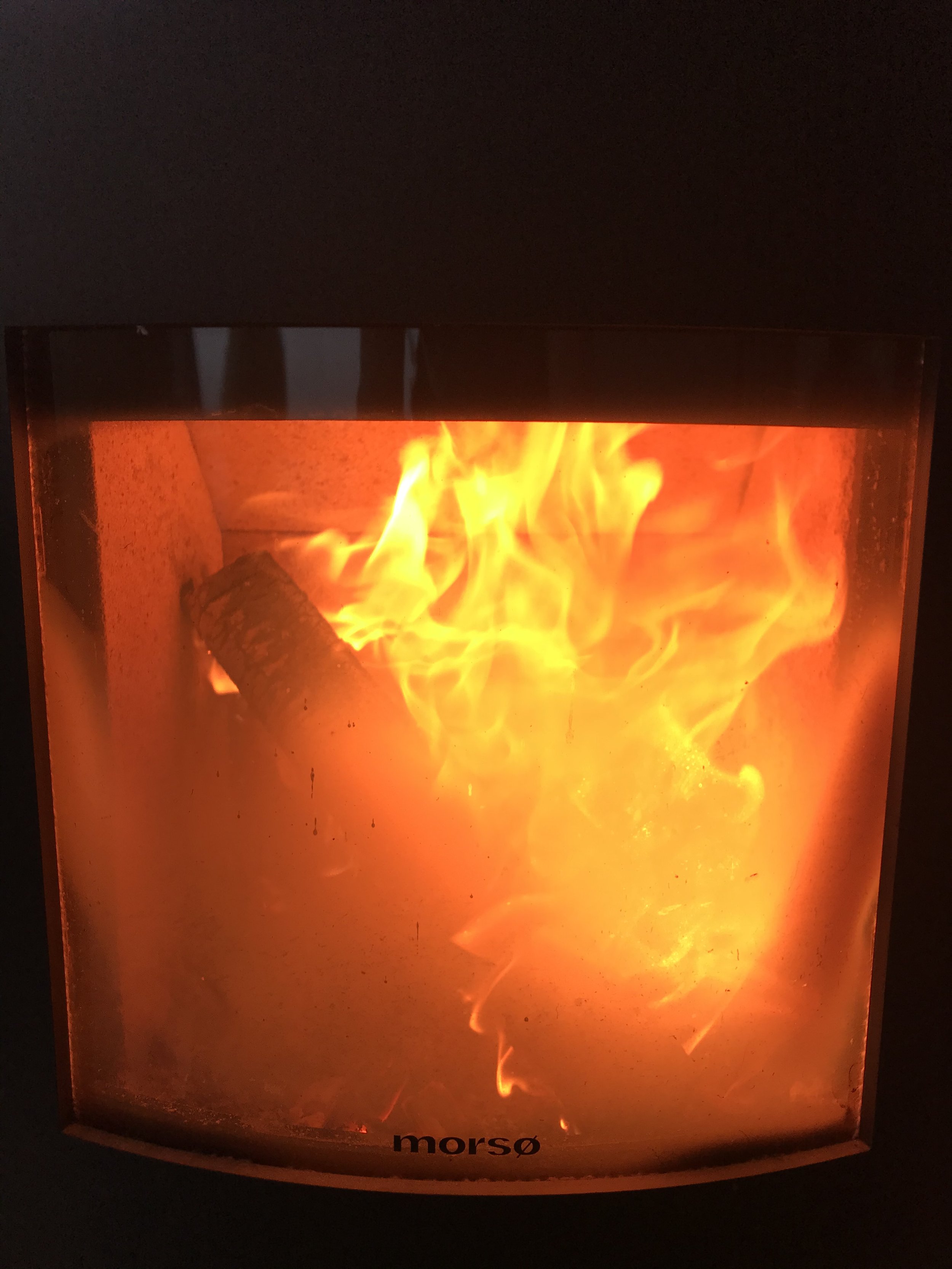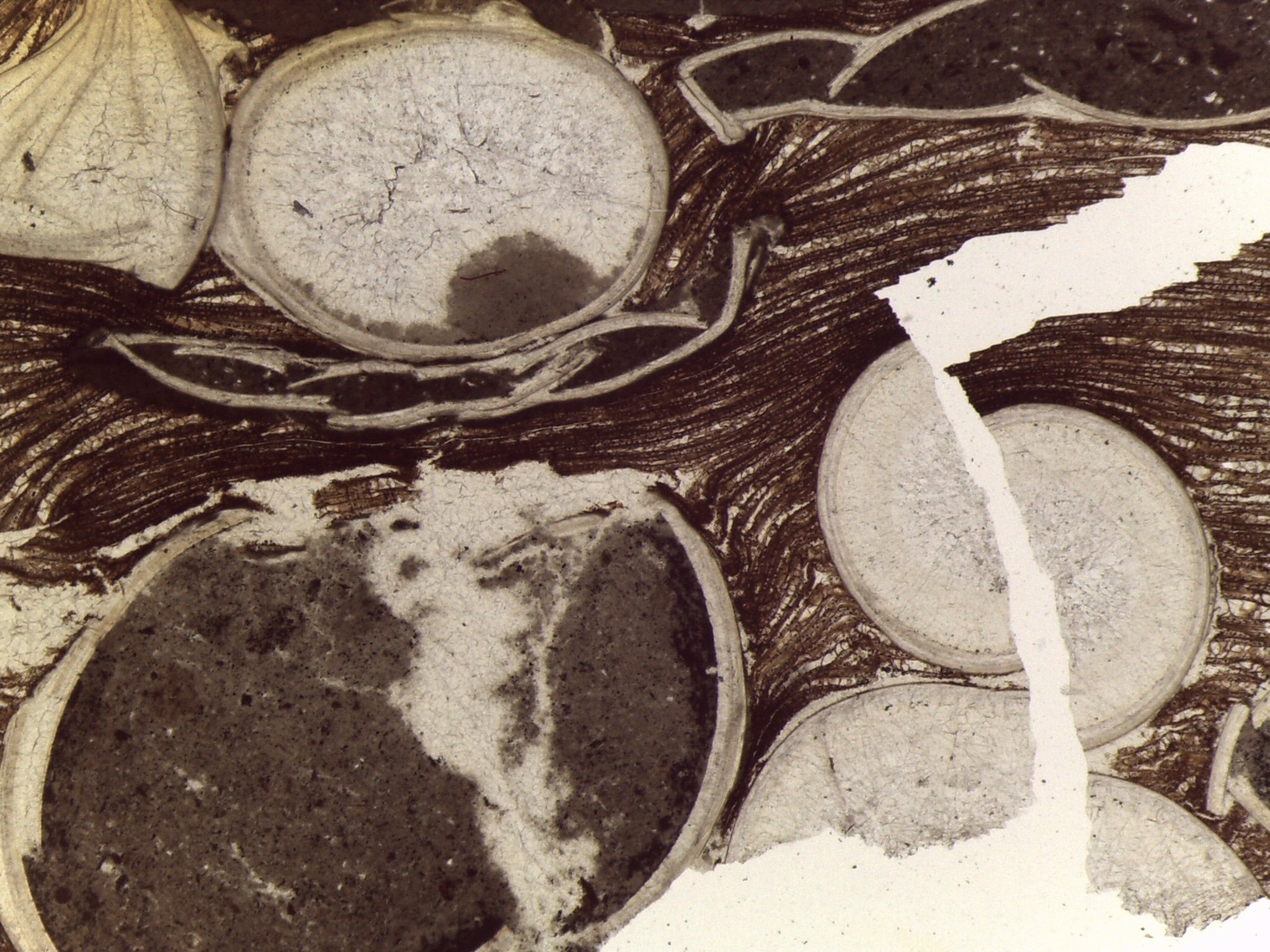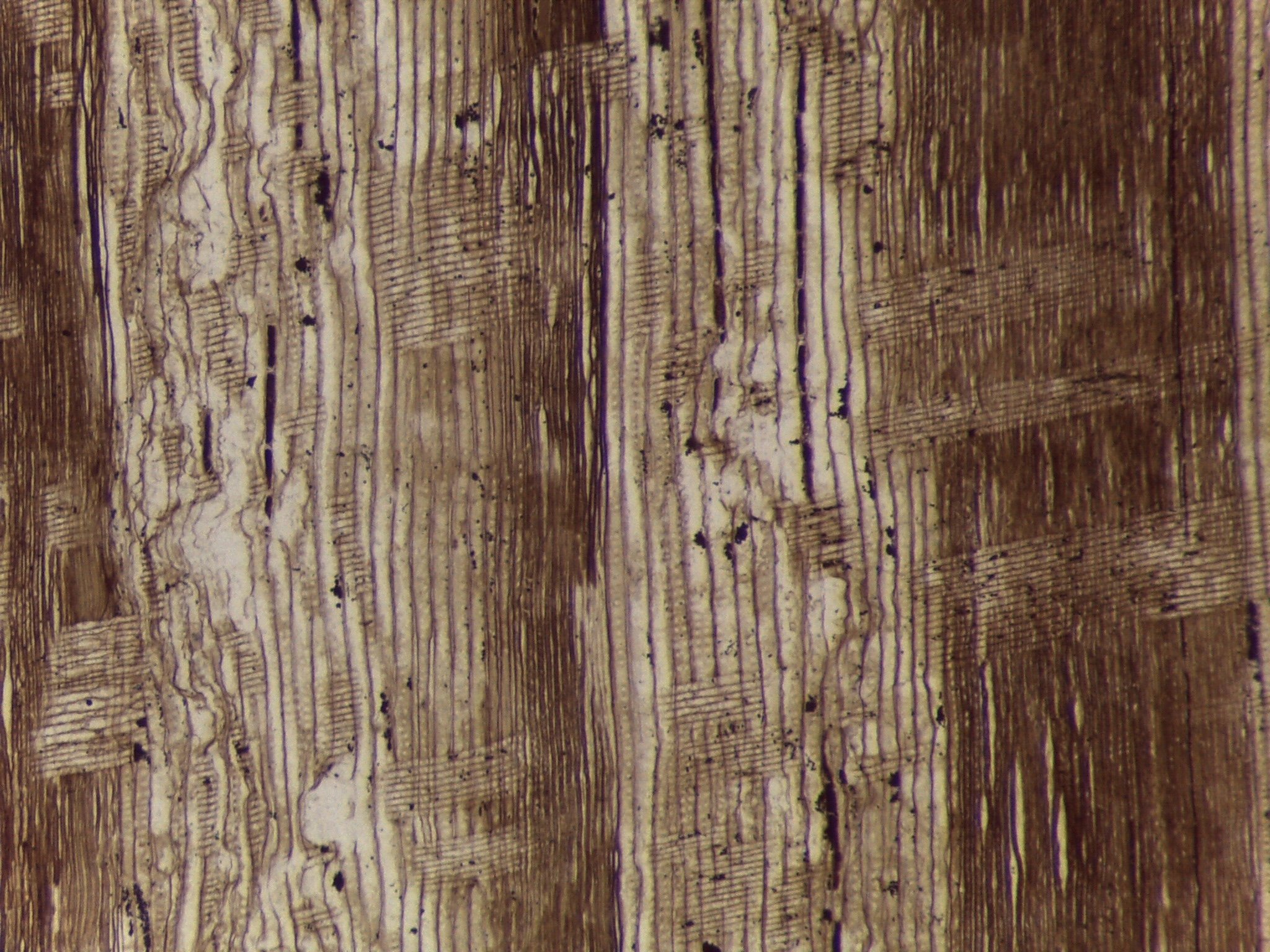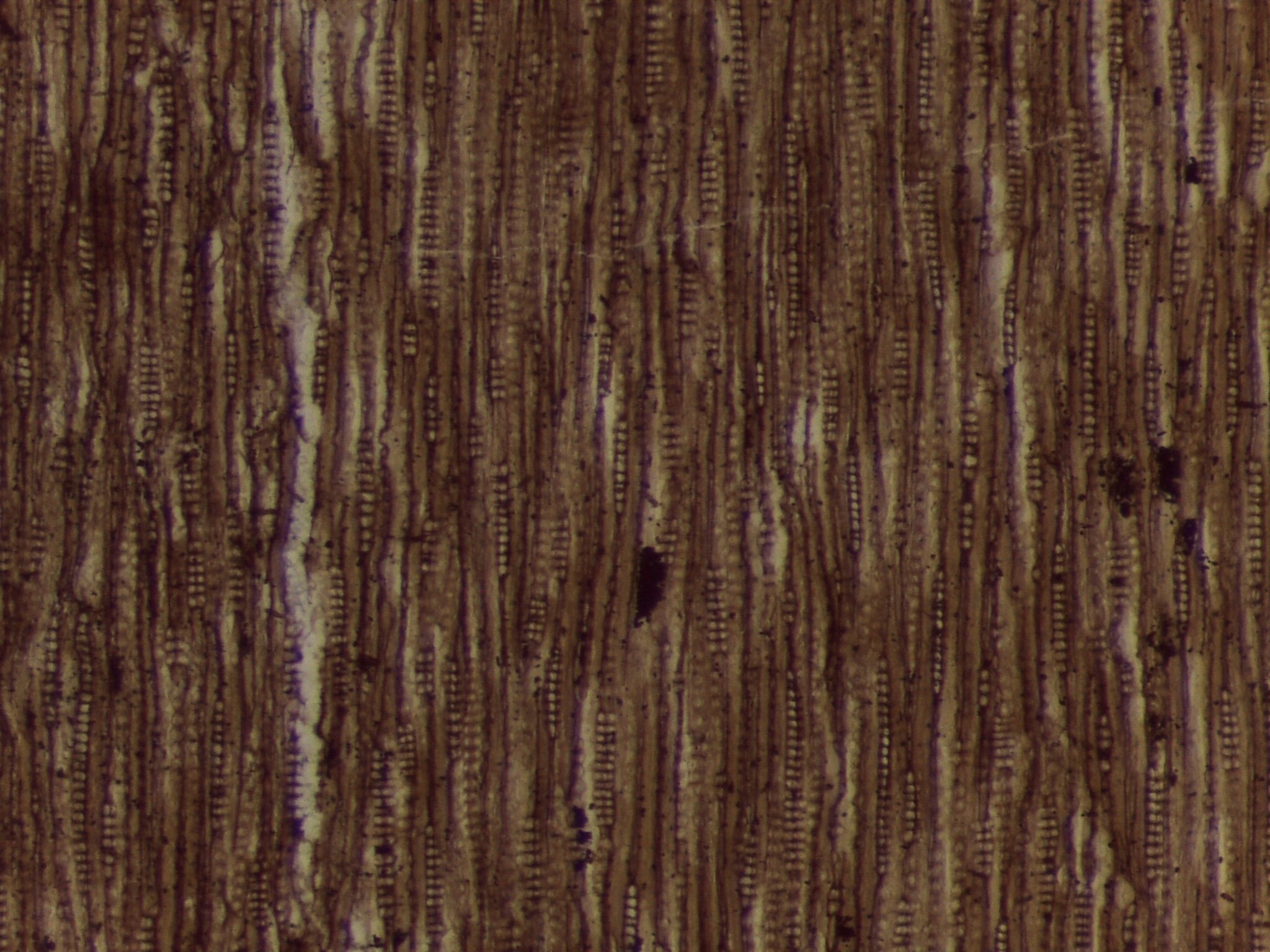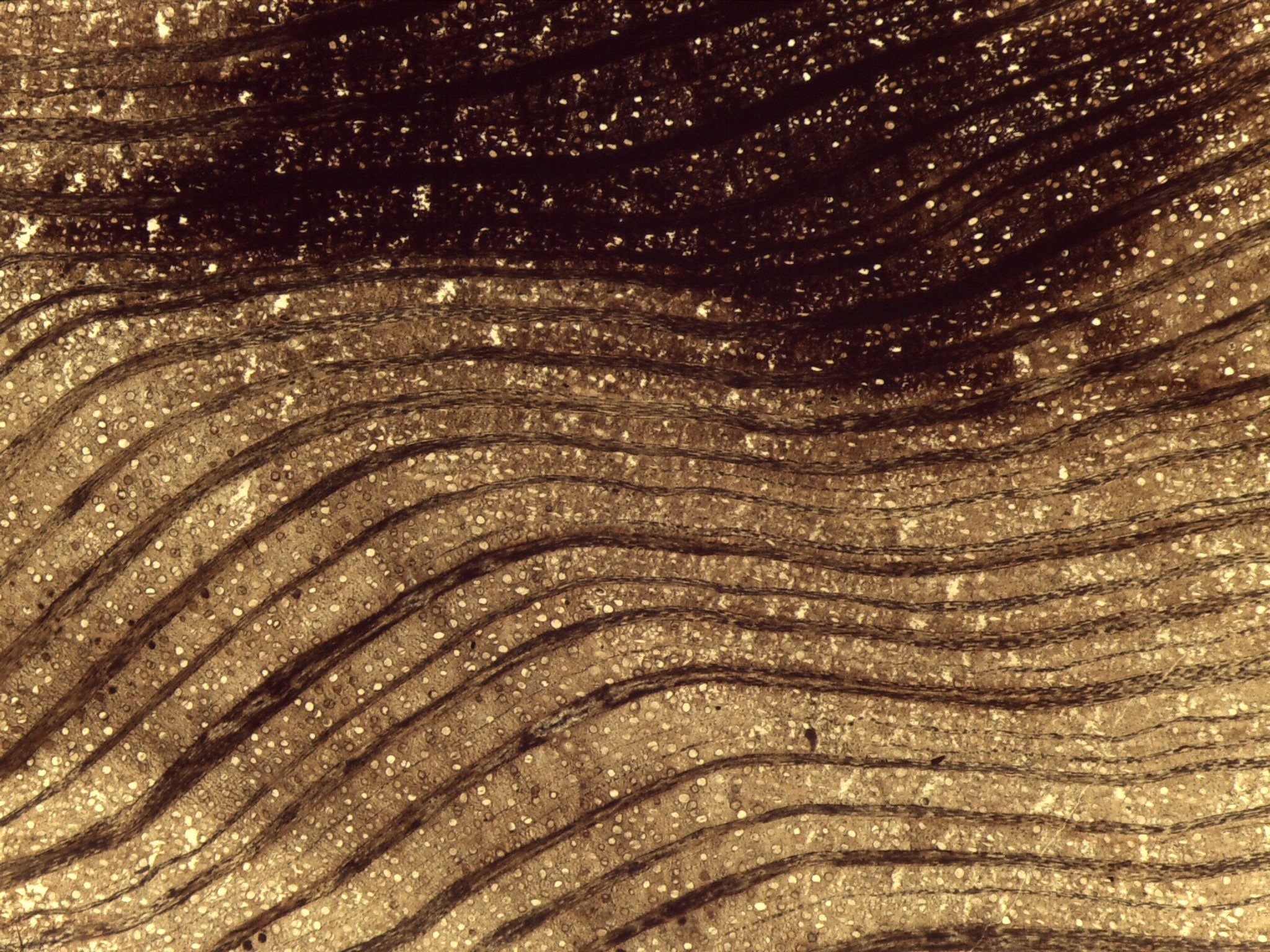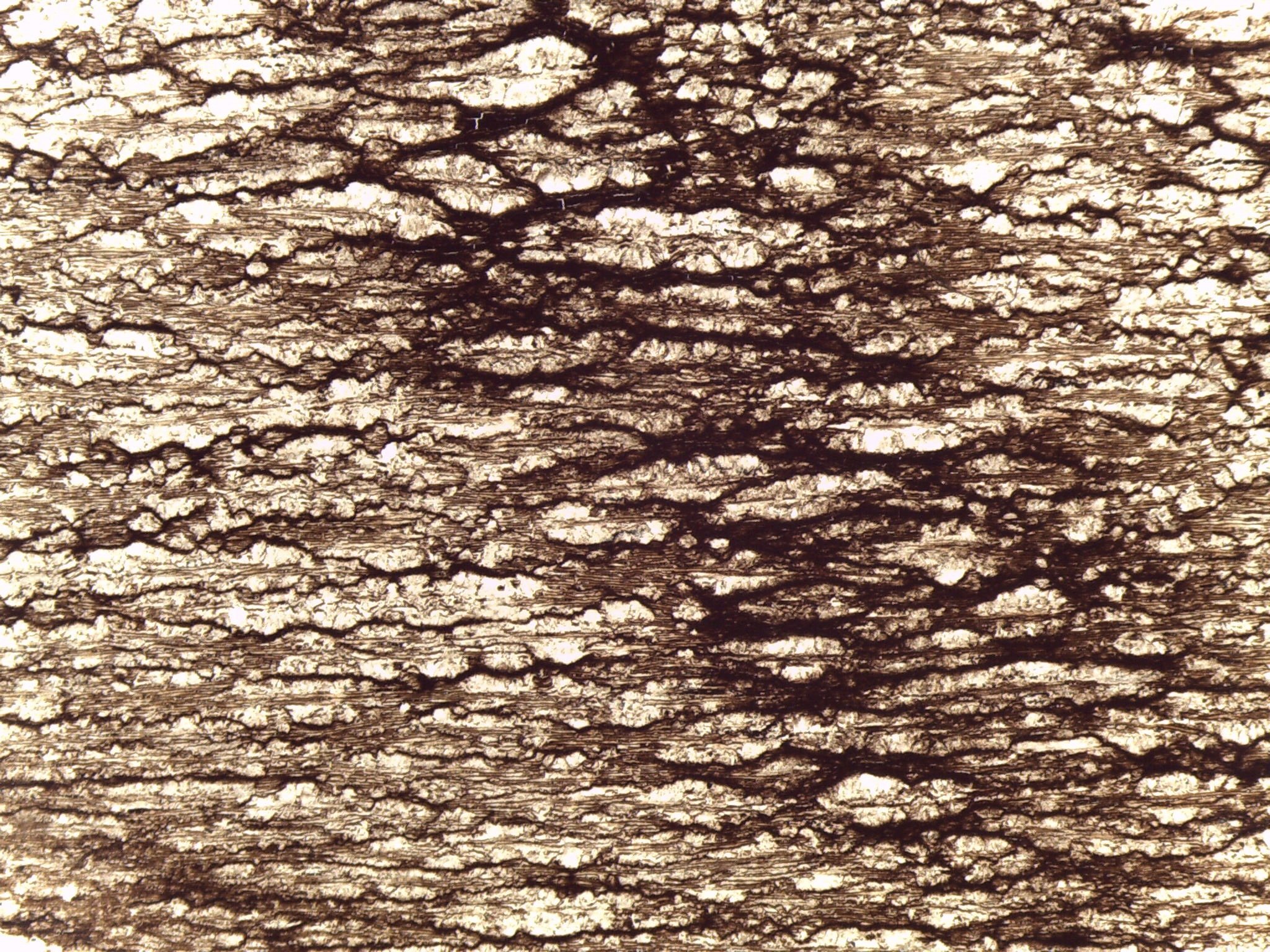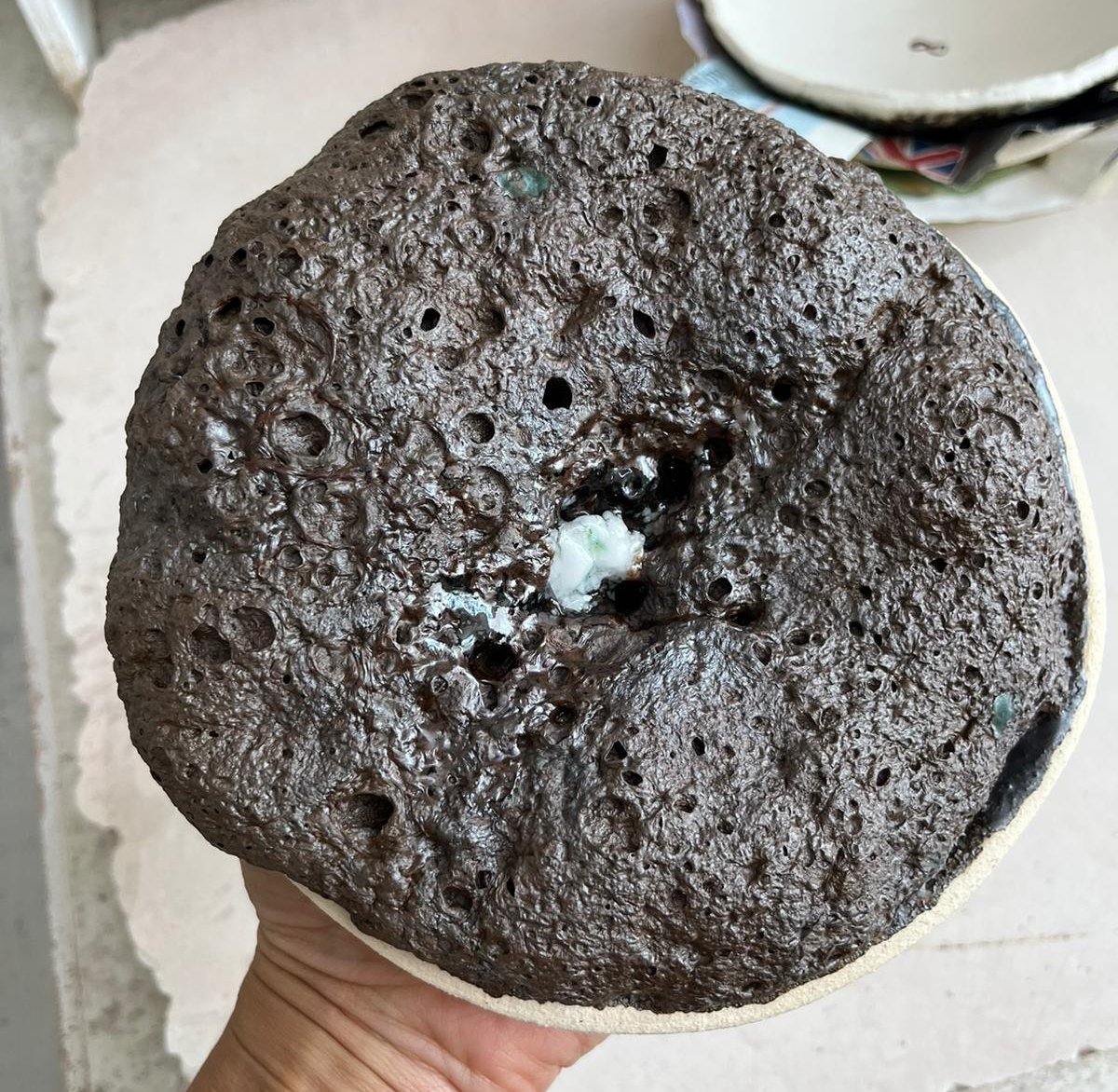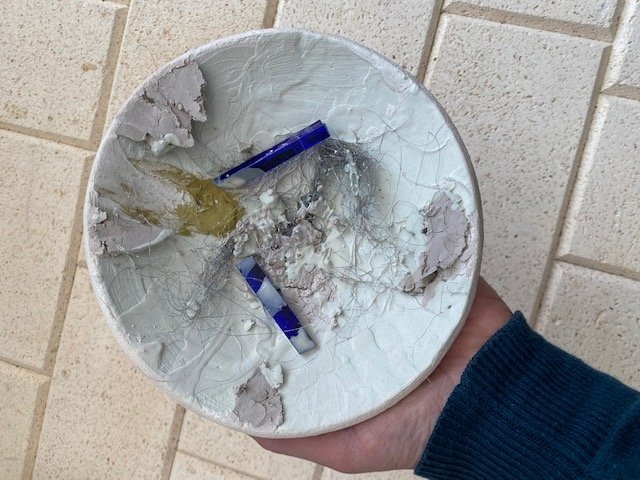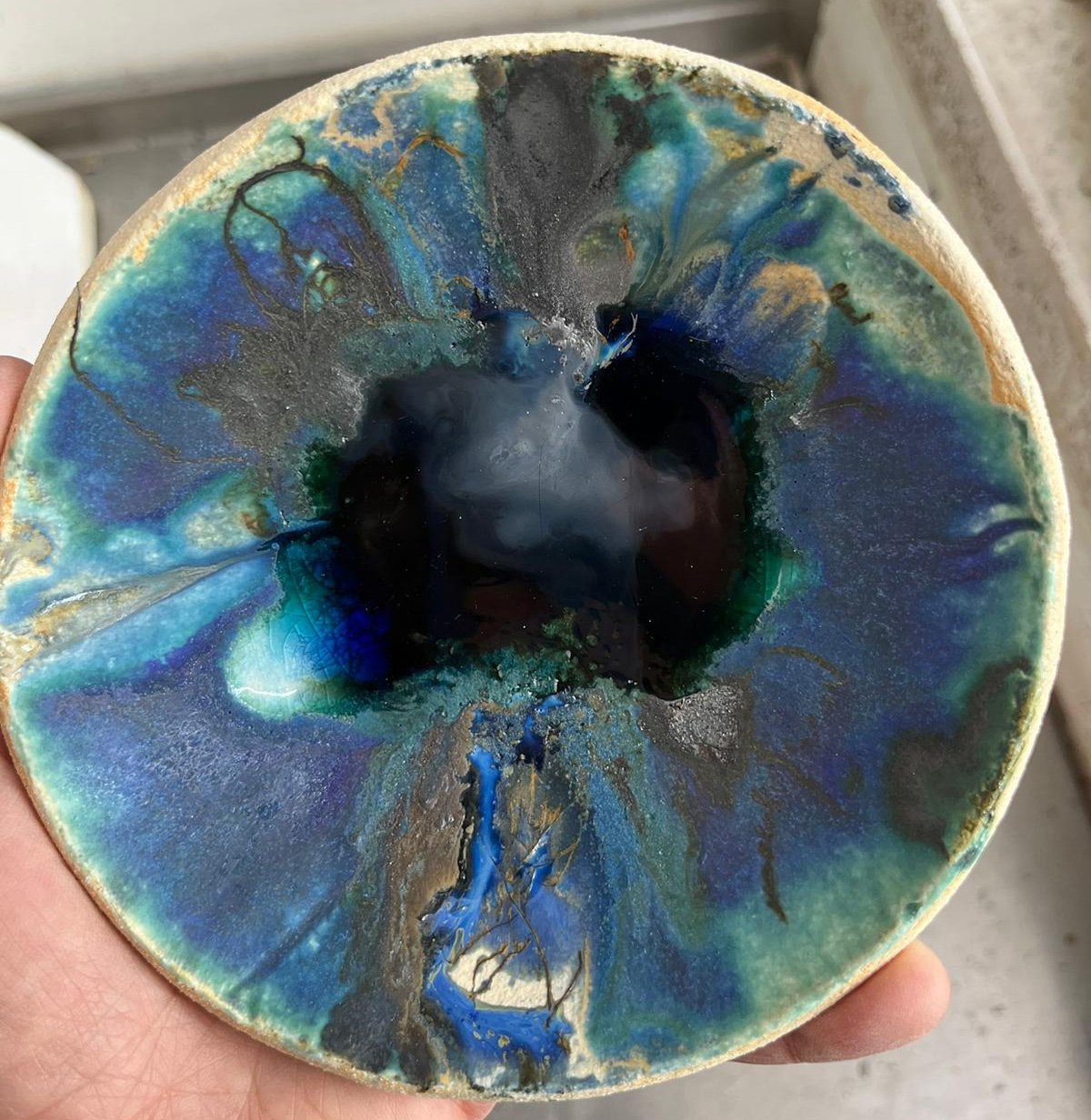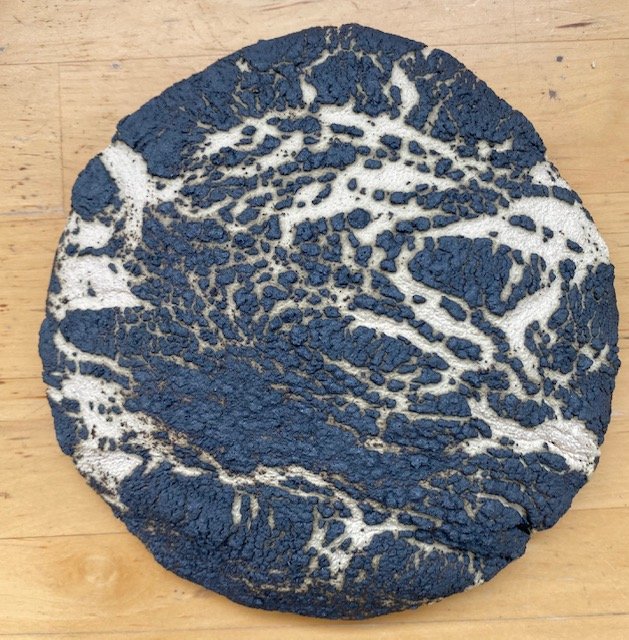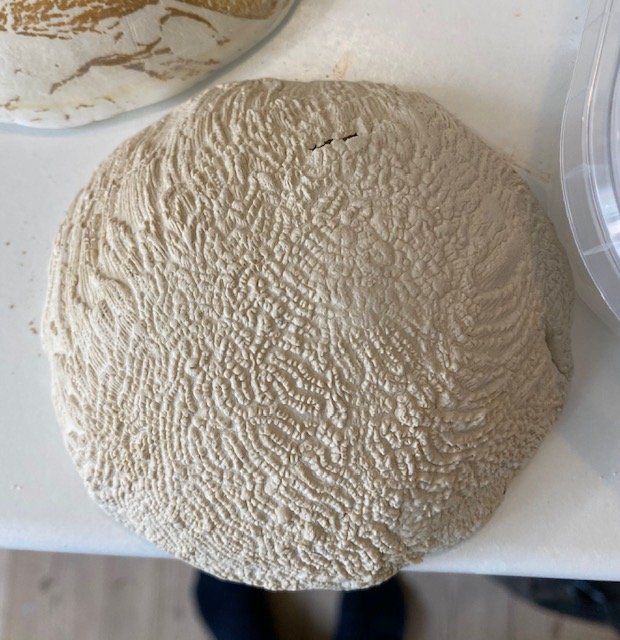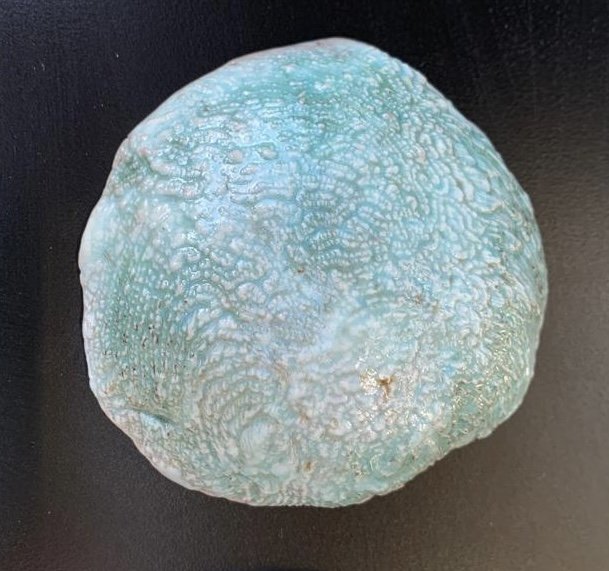London clay project
Funded by Arts Council England
This ongoing, largely research based project is developed around 50 million year-old clay obtained from an 20m deep archaeological excavation by MOLA as part of a new development in Southwark, Central London. This is my abbreviated page. If you would like to know more about my research, you might want to have a look at my (much) longer project page. If you know anything about London clay or would like a chat, please get in touch via my contact page.
Based around material research, I am particularly looking at notions of geological authenticity and traces of the Anthropocene, exploring issues around the dichotomy between deep and experienced time and how past and present interlink. Parts of the clay is currently with soil a scientist at Cranfield University, who is analysing the clay, looking for traces of the city. A nannopalaeontologist has another section of the clay and is exploring the microfossil content and what has been done biostratigraphically nearby. At the same time, I am working with the clay, exploring temperatures and ways of developing artworks.
The same sample fired at 950, 1050 and 1150 degrees C
At around 573°C clay changes into a stone-like material. This process is called quartz inversion. At any time before this temperature is reached, clay can be reclaimed through soaking in water and drying. After this temperature it can also be reclaimed, but the process will take thousands of years.
Clay’s main ingredients are Silicon, Aluminium, Magnesium, Iron and Oxygen. Clay’s mineral content is determined by its specific geological origin and varies according to location.
The properties of clay are amazingly varied: clay is resistant to heat, absorbs water, and is thixotropic (can turn from a liquid to a solid and back again). These properties mean clay is a useful ingredient in medicines, cosmetics, and can be used to make domestic items, line canals and reservoirs, and in industrial processes from paper production to mining. Clay’s texture changes most visibly according to the quantity of water it contains. As it moves from wet to dry, it resembles the qualities of other materials including paint, leather, cloth, pastry, wood and stone.
Clay is formed over thousands of years as rocks and volcanic lava are broken down by the effects of water, weather and interaction with microorganisms. High temperatures speed up the formation process. When the London clay I have is overfired, its crystal structure is in essence broken down and becoming disordered, resulting in what could be considered lava.
Legends around the world claim that life itself emerged from clay. Scientific findings point towards clay playing an important role in the emergence of life. Clay may have concentrated small organic molecules essential for life and fostered their condensation to generate large molecules such as RNA, DNA, and proteins. These molecules would have been primitive predecessors to those that developed fully in living organisms. Investigating clay on Mars allows us to learn more about the history of Earth and ultimately help us understand the conditions needed for life to form. Scientists have established that there are no tectonic movements on Mars. These movements on Earth have obliterated ancient rocks and erased geological clues to Earth’s early history. Through infrared spectroscopic investigation from satellites we know the make-up of clays on Mars, how and when they formed and can compare the resulting geological history with that of our own planet.
The iron/magnesium-rich clay found deep in the ocean near ocean ridges, where these clays form in hydrothermal sites, are by far the nearest in composition on Earth to those of Mars.
Clay is the main element of catalytic converters filtering noxious emissions from cars.
Images of the clay taken with a microscopic camera at Natural History Museum
After the Great Fire of London in 17th Century, London Clay was used for rebuilding London. Before then houses were made of timber, but the fire obviously highlighted the issues of using wood for houses. This brick was known as London Stock and was a cheap brick. The bricks were fired in Clamp rather than Kilns. Clamp was a huge stack of bricks surrounded by wood and other flammable stuff, which burned for weeks. At the end you would get a mixed result - some were overfired and cracked, some were not fired at all. This method however offered a decent yield and could be made anywhere.
To get better results and higher firing temperatures they started mixing rubbish into the clay, which would raise the firing temperature of the clay. This would also change the colours. There used to be two giant waste piles in London. One was at North East side, near Liverpool Street Station. These were both sold to St Petersburgh when it was build. So the city was based on London rubbish.
The results of just adding whatever was around were always variable. Now we add lime, slate lime and breeze (partially burned coal). Much of London was rebuilt from what is underneath us, literally using whatever was around. Clay, but also rubbish to stabilise the bricks. Ash. This may have changed the colour of the clay to make it yellow rather than red. If you look at old bricks, they are full of other ‘stuff’.
London clay is rich in pyrites, smectite and selenite which makes it very plastic/sticky and not the best for ceramic production. It also has a high shrink-swell capacity, meaning that pots can shrink and crack upon drying. For this reason use of it seems to have been primarily for brick and building works.
Images from NHM’s palaeobotany department.
I spent a wonderful day with Dr Peta Hayes photographing the cells and structures of ancient wood fossils found in London Clay. Peta works with fossilised leaves from the late Eocene period, which is roughly the time my London clay is from (give and take a few million years). Back then London was under water and the climate here was much hotter. This is the last time there was a major climate shift, brought on by tectonic movement. PECM - Paleocene/Eocene Thermal Maximum apparently. As our climate is changing in rapid and unpredictable ways, it is becoming increasingly important to understand the last change.
Rings in trees on the slides are fascinating to me because you can literally trace time frozen in place and watch how the tree has grown. Trees need seasonal changes in conditions such as temperature or humidity in order to form rings. In places with stable conditions the cross section of trees would be more or less constant.
A little piece of clay is also a slice of space-time. The clay is so old and was formed so slowly that it is a completely different timescale to ours. It was made over millions of years from particles transported a long way from other parts. We will one day contribute to geology.
Nannofossils
After a long time of being terrified of doing too much to the clay, I have begun treating it and preparing it for proper use. As part of this, the clay needs to be dried and strained. Nannopalaeontologist Liam Gallagher kindly showed me the process for getting fossils out of clay, which is very similar to the process used by ceramicists.
I photographed the grit I strained out of the clay and found a variety of nannofossils and tiny shell fragments. I had these identified and they are a variety of sepuloid worms, rhabdaminas, foramines and other latin names that make very little sense to me. Unfortunately they don’t say much about the clay, being quite common, but they are very striking.
Finding London clay on the thames foreshore
I was asked to find clay on the Thames and spent some time working out where to find this. This involved quite a lot of digging (both metaphorically and practically), but in the end I was given very specific directions to a place in Hammersmith.
Most of the clay there was mixed in with water and river mud, but I collected as much as I could and set about sifting and cleaning it, which was not for the faint-hearted. There were lots of things moving in there.
Most of the larger bits I discarded without looking too closely, but I kept the finer sand, which looked a lot like what came out of my other clay samples, only a lot lighter and less dense.
I brought this to Liam, who helped me look through it and identify what we were looking at and we were both amazed at what we saw. It is a whole little world in there, a mixture of old and new, organic and manmade.
Left is sand from the old clay under a microscope, right is from the new clay.
I brought the samples to AMC where I have been looking through and photographing them in more detail. I told one of the staff that I was interested in looking at themes around the Anthropocene which he misheard as entropy and is actually a good word for what these images are. A microcosm of everything in flux and continually breaking down. With little sparkles of plastic, which will stay there possibly longer than most of the other elements.
London clay is increasingly becoming saturated with human-made debris and is a poignant signifier of our relationship with the planet and the complex history of London. This is a microscopic image of the tiny particles found in London clay from the bank of the River Thames in Hammersmith. It shows a world in flux, a mixture of man-made plastic glitter, ancient fossils and new organic material.
I have been exploring themes around time and place in my work. I am particularly interested in the way the clay naturally cracks, experimenting with temperatures to push the limitations of the material and exploring surface with found urban materials.
Using my research as a starting point, I have been working with ceramicist and sculptor Orli Ivanov to explore themes around deep history and the Anthropocene. Natural forces of contraction, expansion, heat, are all the processes of ceramics. We have been replicating large-scale natural processes on a micro scale, exploring chaos and order and the human impact of on balanced planetary systems. Below are a few ‘before and after’ images of experiments using man-made and found materials.
I then returned to AMC to examine the underlying order of our work, invisible to the naked eye, through a microscope, discovering its micro universe, the universal coding. Through this, familiar patterns emerged, resembling images from telescopes of nebulas, weather patterns, brain scans, earth's landscape images from satellites. The below images are a few examples of the photos I took. There’s a wonderful tactility to the images. I would like to print them out, large scale, to allow people to get lost in their amazing details.
As a result of this project, I was introduced to geoarchaeologist Eduardo Machicado, with whom I have now started a new project looking at the wider London geology through our Future Fossils project.

